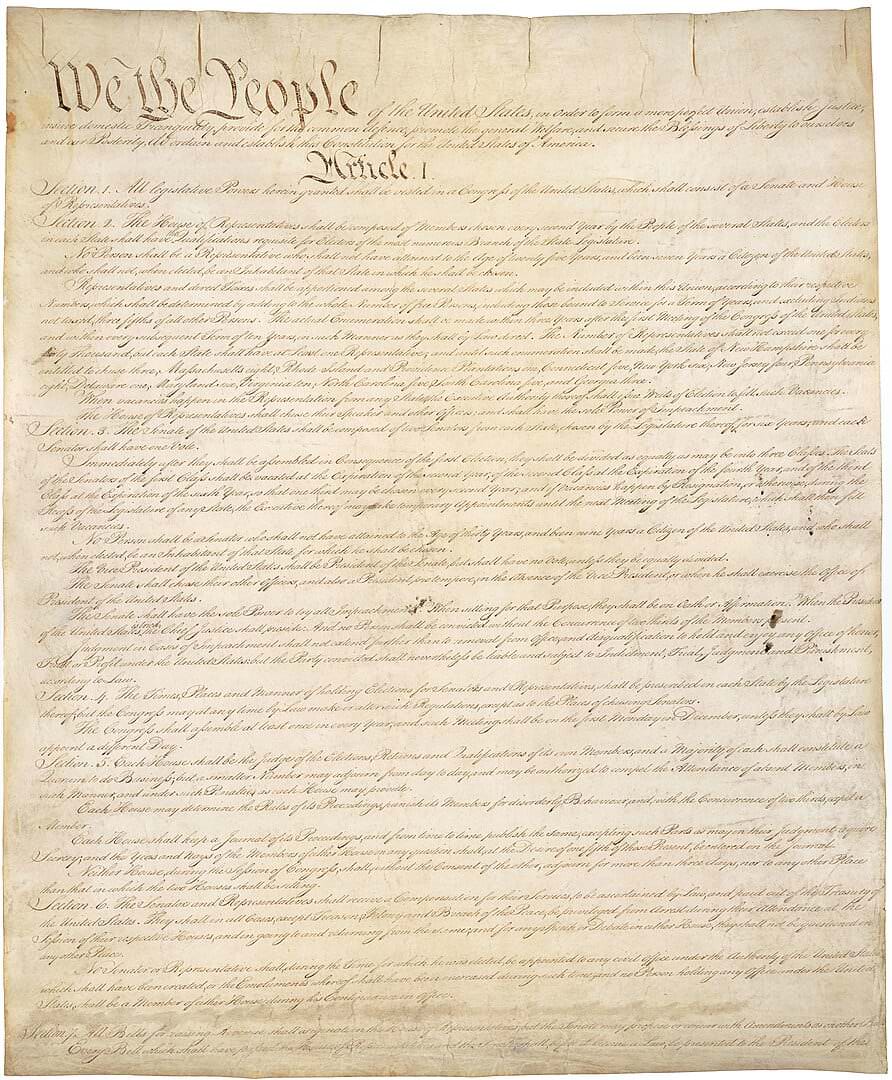Checks and Balances

The checks and balances system is one of the most important in the United States Constitution. It makes sure that no branch of the government becomes too powerful.
There are three branches of the government of the United States. The Executive branch is composed of the President and Vice President and is responsible for executing the laws passed by the Legislative branch, commanding the armed forces, and appointing heads of federal agencies (esp. judges in the Judicial branch).
The Legislative branch is composed of the Senate and House of Representatives. It is responsible for creating and passing new laws, confirming or rejecting presidential nominations, and overseeing the executive branch.
The Judicial branch is composed of the Supreme Court and lesser courts. It is responsible for interpreting laws, presiding over impeachment trials, and determining if laws or the actions of the president are constitutional.
An example of checks and balances is if Congress wants to pass a law, and the president vetoes it. Congress can override a veto if at least two thirds of both the Senate and House vote in the affirmative. However, if the Judicial branch finds the law unconstitutional, it can declare it null and void, making it unusable. The Legislative branch can only get around this by making an amendment to the Constitution, which is VERY hard to do.




